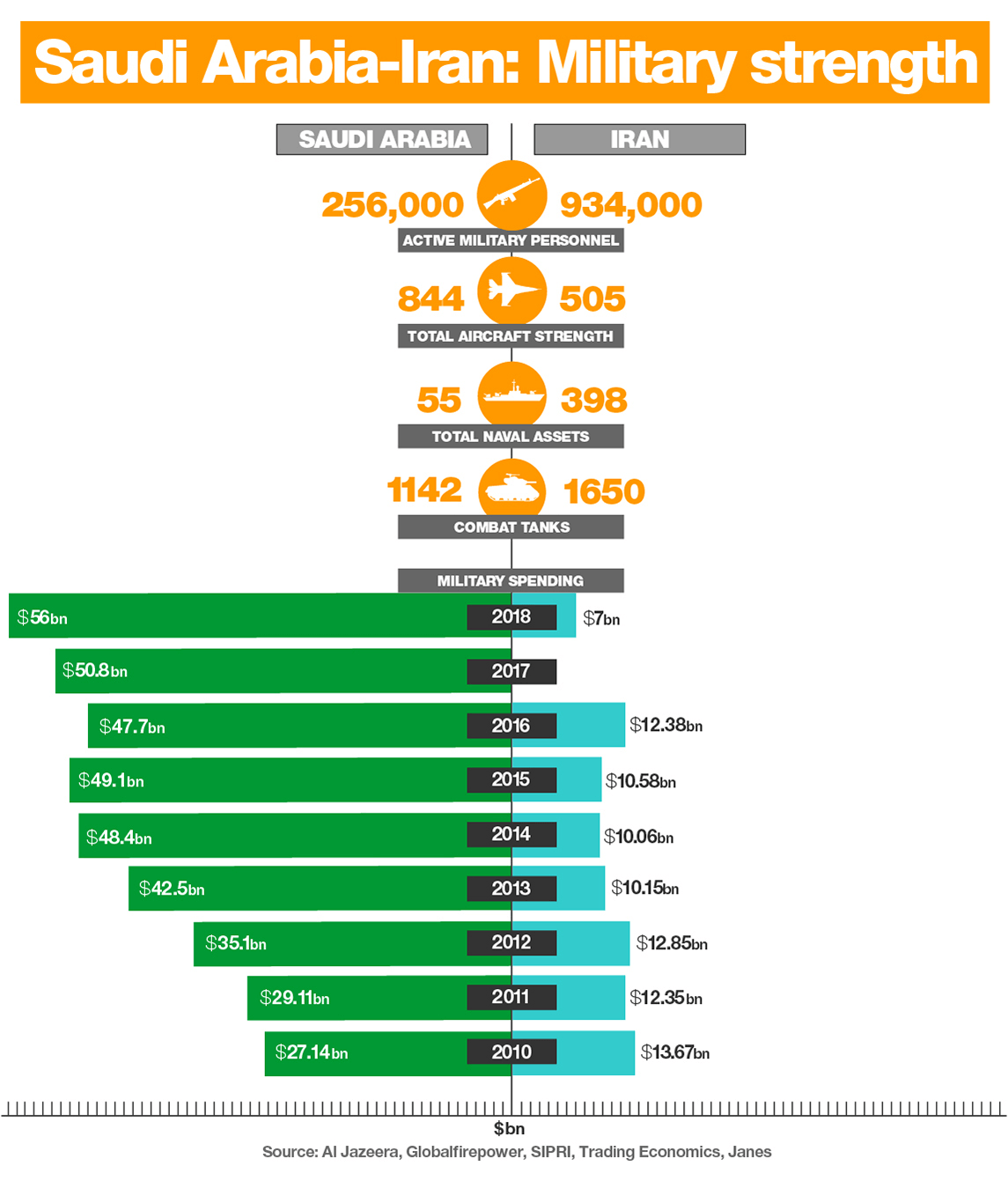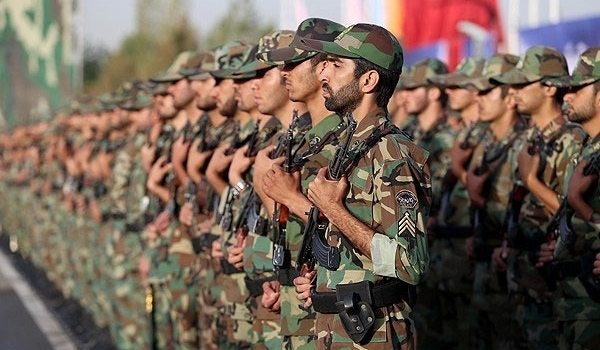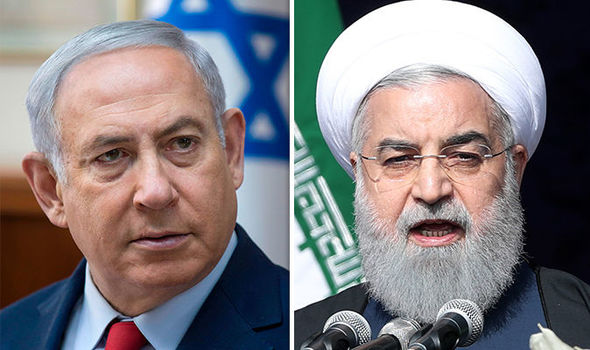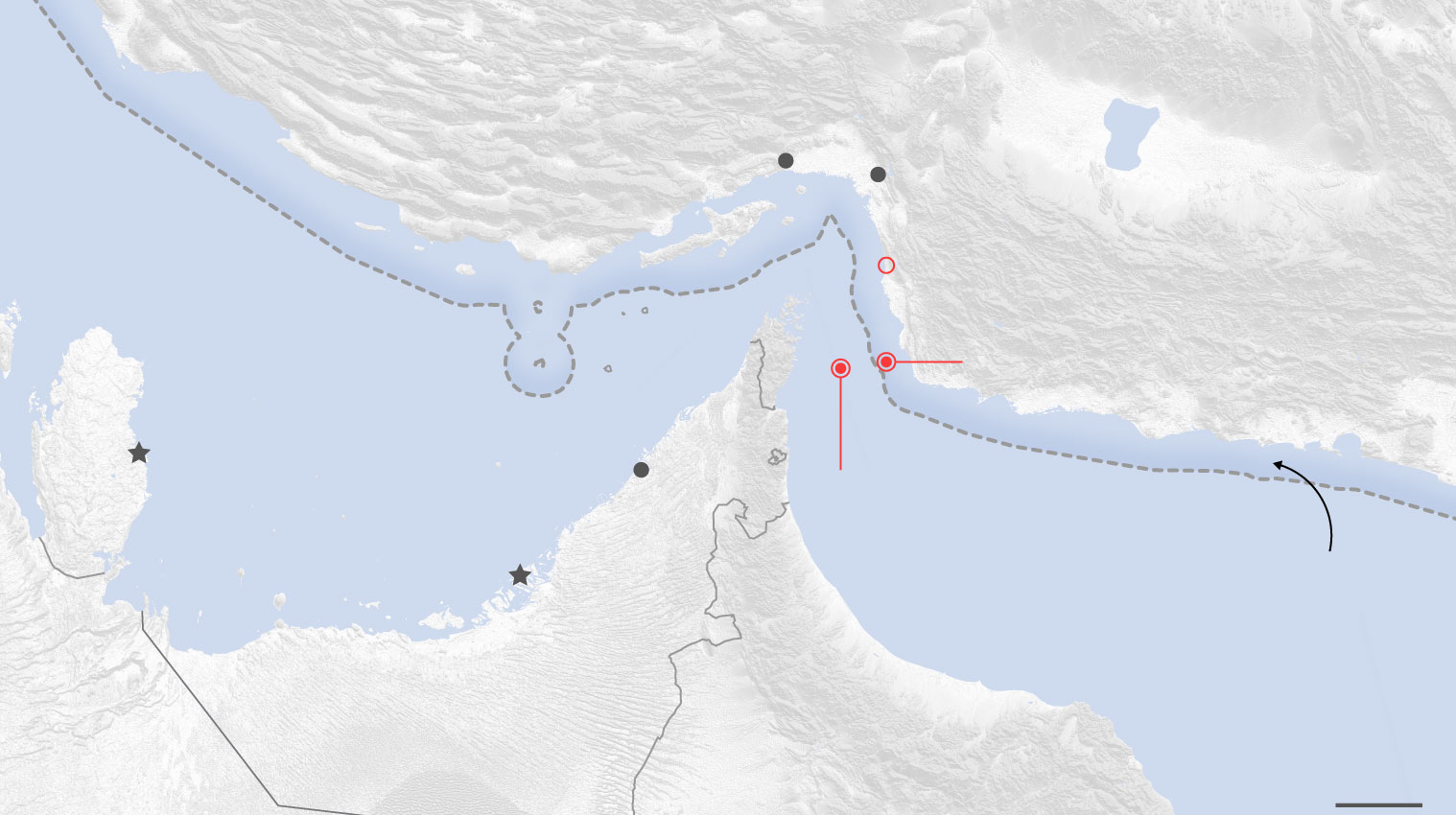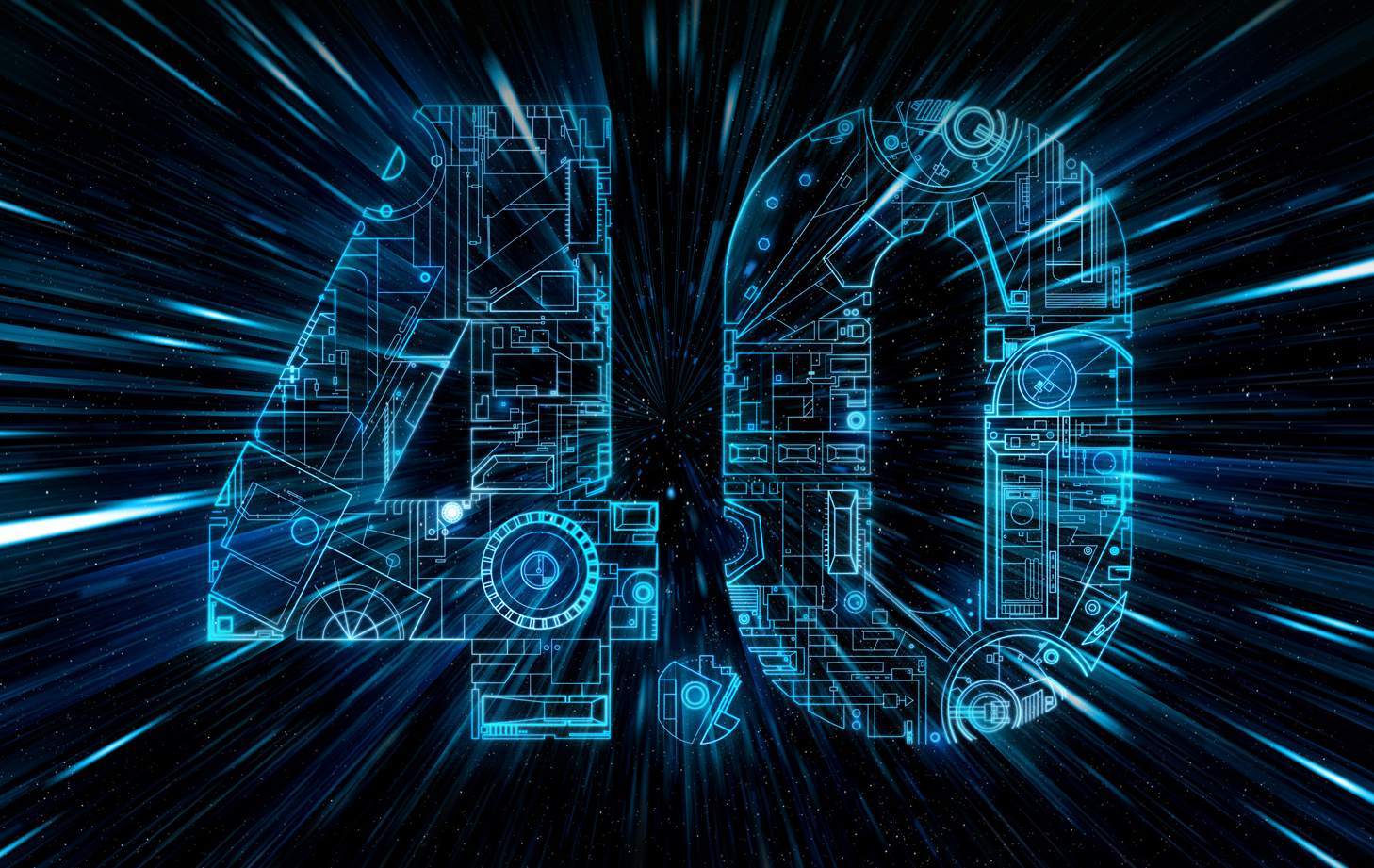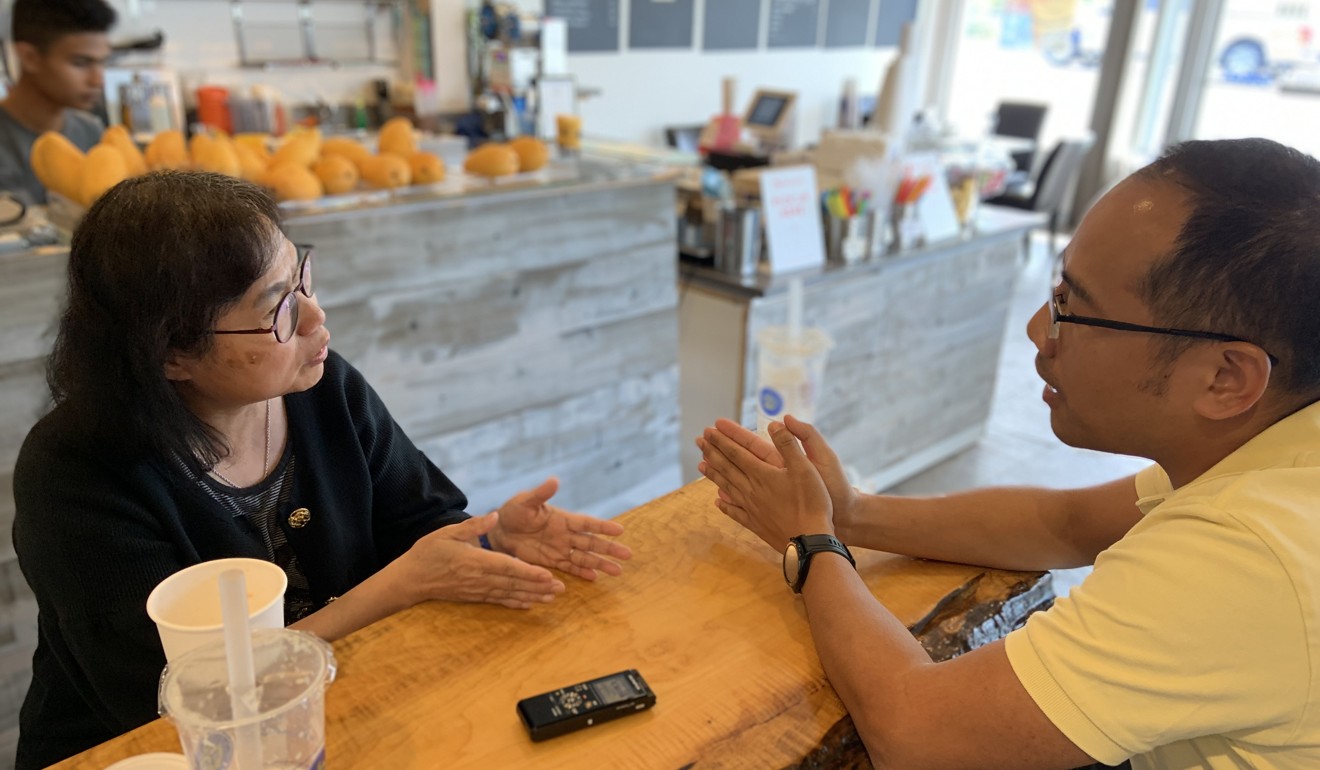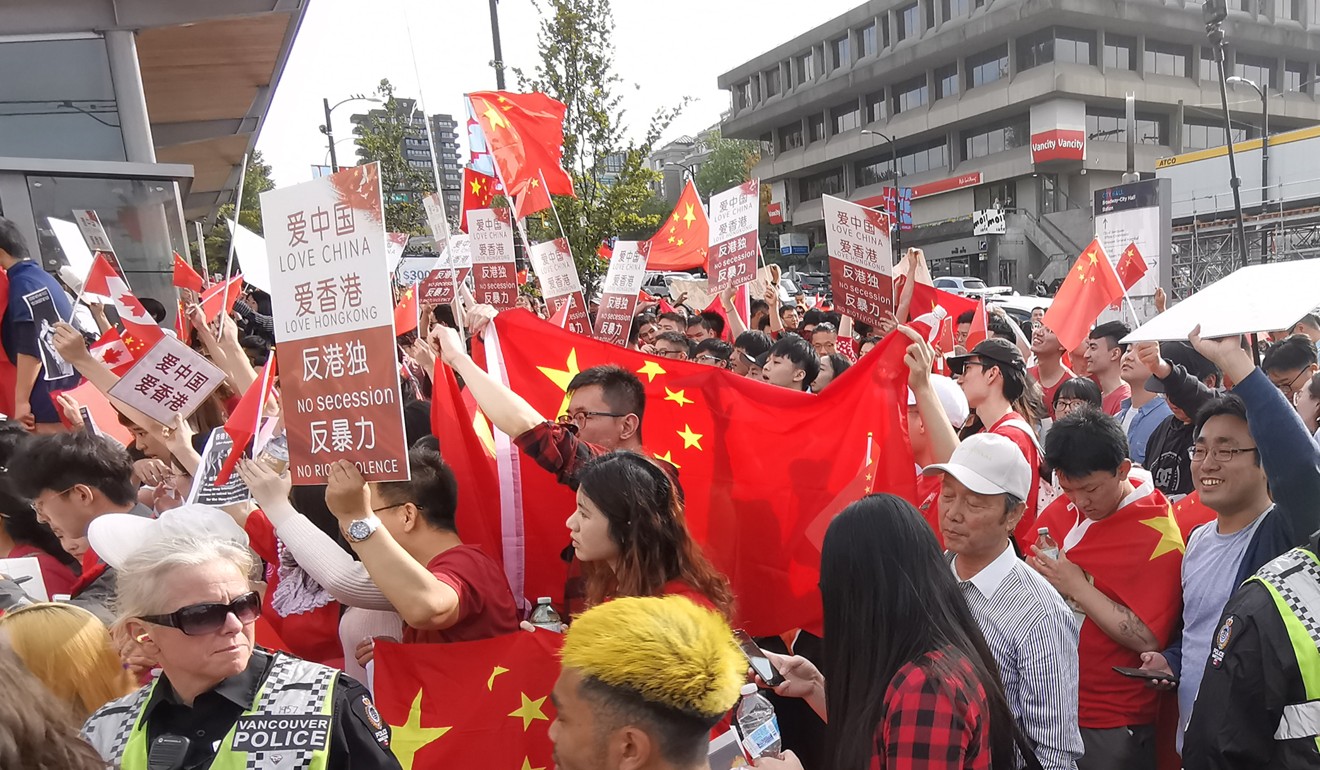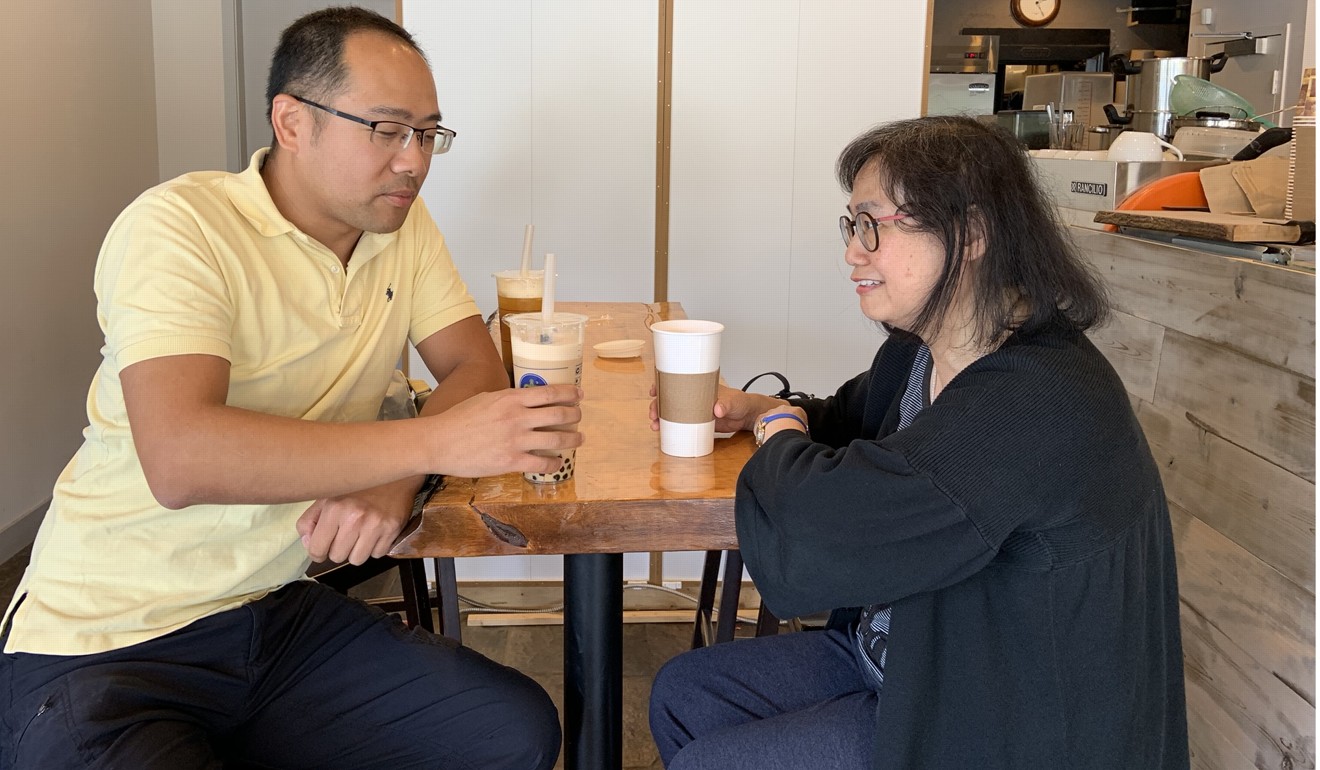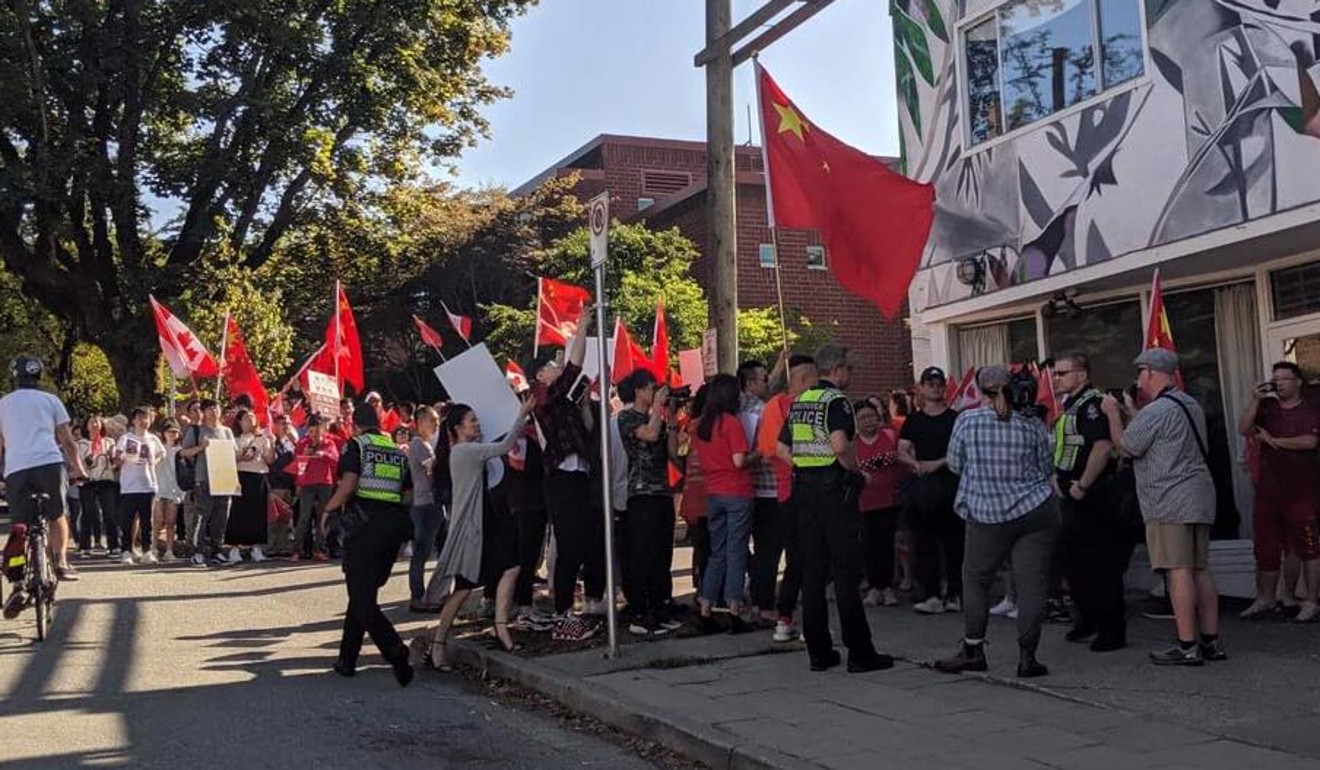Hong Kong is in India, Kashmir is in China. Right? Hong Kong and Indian Kashmir. One is administered by the world’s biggest democracy and one is the democracy-craving outlier of an authoritarian state...... Which is which? These days, it’s hard to tell … flying in from India this time, amid dramatic developments in the country’s restive Kashmir region, I could use a refresher on the virtues of democracy. ....... Like Hong Kong, the province of Jammu and Kashmir – till recently – was an autonomous region with special privileges defining its relationship to the republic holding its sovereignty. The princely state acceded to a newly independent India in 1947 in return for guarantees of its autonomy, including having its own constitution. ....... A rough, local equivalent of Modi’s move would be President Xi Jinping suddenly scrapping the Basic Law and declaring Hong Kong as a full-fledged province of China right away, rather than give it the stipulated three more decades as an autonomous territory. ...... focus on the opticality of it, which is what makes Kashmir such a striking contrast to Hong Kong........ a total lockdown, which is what is in place in Kashmir today ........ A fact-finding team of activists that has just returned from Kashmir describes it as “a prison under military control”, where underage boys are being arrested to pre-empt protests. And no one has heard from Kashmiri leaders since August 5....... estimated numbers ranging from 500 to 1,300. Its three top leaders, all former chief ministers, are in solitary confinement, with no contact with their families, lawyers or party members.........
Even stranger for a democracy is the way Kashmir is being covered by India’s mainstream media, especially when compared with supposedly quasi-democratic Hong Kong’s telling of its own story.
The months-long movement has been reported extensively and unhindered by the local and international media alike, making it one of the biggest international news stories this year. The protests are often beamed real-time and live-blogged by the city’s top media brands, increasing the scrutiny of government conduct......... The last two questions faced by Chief Executive Carrie Lam Cheng Yuet-ngor at her most recent press conference were, “do you have a conscience?” and “when will you die?”. ........ Most Indian mainstream media outlets, on the other hand, evidently under pressure from a headline-obsessed Modi administration, are more or less following the government narrative of peace and calm in Kashmir despite the abrogation of its special status. This is of a piece with the current trend in India, where a once-proud and independent media landscape is now littered with a host of news outlets eager to please the powers that be, rather than speak truth to them. The Press Club of India in Delhi even denied permission to display photos and videos brought back by the fact-finding team returning from Kashmir..........India this year fell two more places on the World Press Freedom Index compiled by Reporters Without Borders. From 80th in 2002, it now ranks 140th out of 180 territories, right behind South Sudan (139), Myanmar (138) and Palestine (137), and far behind Hong Kong (73).
.......... Nowhere is this precipitous drop in journalistic standards and reporting climate more evident than in prime-time news and talk shows, where government spins are faithfully belted out by loud anchors eager to prove their patriotism and score brownie points with the government.Some of them would easily give the Chinese state media an inferiority complex.
The dominant media narrative established in these shows and newspaper headlines is how Modi’s “masterstroke” will improve the lot of Kashmiris. Only, neither the Kashmiri people nor their leaders are anywhere in sight to vouch for this magical transformation of their lives. .......... Organisations like the BBC and Reuters have reported the rage bubbling up in Kashmir, impromptu protests and police firings to quell the mobs. Delhi has dismissed the reports as “fabricated”, much in the manner of an authoritarian state warding off prying foreign media.......While the image of one pellet injury has animated Hong Kong, reports and photos of at least half a dozen new pellet injuries that have surfaced in India’s plucky news websites and international media have had little impact in India. ........ A people who say they do not have democracy and are demanding elections can stand up and be counted, while those who took part in the world’s biggest election just three months ago are living under an undeclared martial law imposed by their own government and silenced. It’s almost as if Hong Kong and Kashmir have miraculously switched geographies – as if Hong Kong is part of India’s disputatious and diverse democracy, and Kashmir, an aberrant Muslim province in monolithic China.On the ground in Kashmir, feelings of loss, betrayal and helplessness as Srinagar remains in lockdown
Have Singaporeans misunderstood the nature of Hong Kong protests?
One China, two different worlds: how the great political divide is on full show overseas amid Hong Kong chaos Hong Kong students abroad have described an atmosphere of fear, intimidation and vitriol in dealing with ultra-nationalistic mainland Chinese since the city’s anti-government protests broke out........ With the gulf in understanding showing little sign of narrowing, universities are now grappling with concerns about freedom of speech ........ she found her picture circulating on WeChat. She believes it was snapped by one of the dozens of mainland Chinese students who turned up to counter the protest on August 16......... Even more disturbing, someone photographed her while she was shopping at a Costco store the next day, and put that picture on WeChat too.......... It rattled her, and left her looking over her shoulder everywhere she went. “Who knows what they are going to do?” Wong said. “I keep feeling they will follow me home.”.......
The Australian citizen, originally from Hong Kong, made a police report.
........ Campus clashes and other incidents have occurred recently in cities including Adelaide, Sydney, Melbourne and Brisbane in Australia, and Vancouver and Montreal in Canada........In Vancouver, police escorted worshippers out of a prayer meeting for Hong Kong last Sunday after flag-waving mainlanders surrounded the church in what one organiser described as an attempt at “bullying” and “intimidation”........The incidents have almost always been initiated by a small number of ultra-nationalistic pro-Beijing Chinese, often students, who oppose demonstrations supporting Hong Kong’s anti-government protests, Taiwan independence or calling for investigations into Uygur detentions in China’s westernmost province of Xinjiang.
........ an expansion of tension that has periodically flared between Hong Kong and mainland students on Hong Kong university campuses, over issues such as separatism......... Overall, there were 1.2 million people of Chinese descent in Australia in 2016, according to the census that year. Of the total, 41 per cent were born in mainland China and 6.5 per cent in Hong Kong. Canadians of Chinese descent make up 1.76 million people, according to 2016 census data, of whom about 753,000 are mainland-born, and 216,000 were born in Hong Kong.............. Hongkonger Eugenie Wong, 19, an organiser of the Melbourne protest, said she was worried about being recognised on the street by the pro-Beijing group.......... “That makes me feel like Australia is not even safe – or that nowhere is safe – for a Hong Kong student,” said Wong, a La Trobe University student. ....... At the University of South Australia, a student who requested anonymity said a mainland student followed him to his apartment after he attended the anti-government protest at the university....... Simon Fraser University, where a Lennon Wall of messages supporting the Hong Kong protesters has been repeatedly vandalised........ While mainland students overseas have mobilised to counter voices critical of Beijing for decades, Cheuk Kwan, the former chairperson of the non-profit Toronto Association for Democracy in China, said they were now increasingly resorting to outright intimidation. ....... many mainland students he encountered struggled to adjust to the liberal norms of Australia because of a sense of grievance over past wrongs against China by Western powers combined with an inferiority complex towards Western countries. ........“They spend all their 20 years of life on studying but nothing else, and have little understanding of how democracy or freedom works in the West,” Gao said. “These students are laughingly naive about political and social issues.............. “But they become more defensive of China after they come to Australia because all they see and hear in the media is a one-sided, negative framing of China, if not outright China bashing.”....... most mainland students steer clear of disciplines such as international relations in favour of subjects such as commerce and accounting....... mainland Chinese students in Hong Kong, however, where 12,000 of them are enrolled at the city’s eight universities............The recent clashes between those supporting the Hong Kong protesters and the pro-Beijing group have sparked calls for greater scrutiny of Chinese influence at universities, including through the Chinese Students and Scholars Association, a Beijing-funded organisation that purports to help students adjust to life abroad and has about 150 branches on campuses worldwide.........Media in Canada and the United States have published evidence that mainland students belonging to the association have coordinated with Chinese consulates to counter perceived anti-China activity abroad.
....... In Australia, the Chinese consulate in Brisbane issued a statement after the campus chaos at the University of Queensland praising the “spontaneous patriotic behaviour of Chinese students”. It drew a warning from Foreign Minister Marise Payne who said diplomats in Australia should not interfere with the right to free speech, even on contentious issues.......... universities had been caught off guard by the recent clashes and were yet to wake up to the “problems inherent in havingChinese student groups effectively run and funded by PRC embassies and consulates”
......... the “excessiveness” of their reliance on mainland Chinese students for revenue........ this group makes up approximately 10 per cent of all Australian university students, with almost 153,000 mainland Chinese enrolled in higher education in Australia as of December 2018......... At seven universities, including the University of Queensland, course fees paid by these students form anywhere between 13 to 23 per cent of the institutions’ revenue....... concern that proactively defending people in Canada from coercion by the PRC regime could impact negatively on other aspects of the Canada-China relationship....... What Australian universities could do, Laurenceson said, was to “make it clear that physical altercations, tearing up pamphlets and ripping the megaphone out of the hands of those with opposing views, blocking other students from posting to Lennon walls, and so on, impinge on the fundamental value of freedom of speech and will draw consequences.”.......A Hongkonger who recently graduated from McGill University in Montreal said universities needed to respond to the new reality that many Hong Kong students now felt afraid to express themselves freely.
....... “If nationalist mainlanders can threaten Hongkongers, they can threaten anyone who they do not agree with.......... the city’s supporters overseas are bracing themselves for more displays of patriotic fervour from pro-Beijing supporters.Hong Kong protests: man seriously hurt after attack by anti-government demonstrators as street fights between rival groups erupt
Hong Kong protests: three months on and the anti-government activists want their enemies to burn with them. Is there any end in sight? They are strangers in a crowd. They do not know each other’s real names and have little clue how the other looks under the gas masks they call snouts, the 3M goggles and hard hats. But they regard each other as sau zuk, which means “hands and feet”, a Cantonese idiom to refer to how close they are that losing the other is like having a limb amputated......... For Kelvin, the image of a fellow protester whom he had just met on the frontline being hauled away by police and leaving a trail of blood stains in his wake left him feeling helpless. He says: “I keep awake thinking of it, and I blame myself.” ....... Over in Central’s Edinburgh Place on September 2 as thousands of secondary school pupils gather for a school boycott rally, a 15-year-old student surnamed Pang laments: “I can’t sleep and can’t eat, my heart is tired.”........ The disciplined service quarters in the working-class district – where police families such as hers live – have been besieged several times by angry protesters throughout the summer holiday. A window in her flat was struck and cracked by one of the many projectiles hurled at the quarter. Her parents shrugged off the attacks. Her younger brother, in Primary Two, cried....... The gamut of emotions felt by Katie, Pang and Kelvin reflects what the wider society is reeling from as Hongkongers try to comprehend how their city has changed from one renowned for its stability and orderliness to a place that has almost nightly protests in one corner or another.......
many admit they have no answer to when and how it will all end.
....... Lam has refused to entertain the remaining four demands, which are for the independent probe, amnesty for arrested protesters, a halt to categorising the protests as riots and genuine universal suffrage.......Three months on, the young protesters have come to believe the movement offers them a now-or-never chance to fight for genuine democracy, or, for the extreme radicals, even breaking away from the control of the Chinese Communist Party. “If we burn, you burn with us,” they say. Many believe this is the denouement of their demand for democracy and appear prepared to risk everything.
........ The impasse looks set to harden, with further concessions unlikely from both sides.........But if the government’s strategy is to wear the protesters down, it is not working........ The psychological support offered to the protesters by the vast swathe of society, the moderate and middle-class ranks, is the political vitamin keeping the momentum going...... “It is a call to restore ‘one country, two systems’ and to defend their civil liberties and the way of life.” ...... Kelvin’s mother and sister used to be politically indifferent, but now they constantly monitor live broadcasts of the clashes. They know the drill if Kelvin disappears: trash all his belongings that could be linked to the protests and hide his laptop at a secret place no one can reach........ Over the three months, police have fired more than 2,382 canisters of tear gas, more than 776 rubber bullets, beanbag rounds and sponge grenades as of September 10 and arrested 1,359 people. At least 70 of them have been charged with rioting, an offence carrying a penalty of 10 years in prison........... As the protests have continued, demonstrators and police have clashed in pitched battles, each weekend encounter more bitter and seemingly surpassing the level of violence seen the weekend before. Police have been accused of using excessive force while protesters have now not just used bricks but also petrol bombs, some 100 of them a fortnight ago........“Snape said, ‘the Dark Lord isn’t resting’. So we can’t rest.”
........On LIHKG, the Reddit-like site which acts as a virtual command centre for the movement, users have begun responding to recent talk the government might invoke emergency powers to end the unrest with slogans that they are ready to do battle and “want to perish together”....... most protesters, according to an academic survey, consider themselves to be from middle-class backgrounds. The ratio falls to half middle-class and the other half from lower middle-class when it comes to those on the front lines........ such sentiments reflect the total breakdown in trust between those in power and those on the streets......Government insiders say it is almost a “mission impossible” for the administration to offer further concessions, especially after Beijing has spelt out some clear bottom lines.
....... the government is struggling to find solutions to the unrest and expects it to go on “for a very long time”....... between August 21 and 27 found that 68.3 per cent of 716 respondents expected the clashes to continue or become even more serious in the coming month........ While nearly half agreed both protesters and the government should make concessions to seek common ground, almost two-fifths of the respondents thought the opposite and argued the protesters should stick to their five key demands and not compromise....... In recent weeks, the police appear to have changed their strategy by going after mass arrests, apparently targeting hard core protesters and prominent pro-democracy activists........the crackdown will galvanise rather than gut the movement.
........ To break the impasse, one needs to understand the defining spirit behind the movement....... Hongkongers’ anxieties if not anger at what they perceive as the local government’s bid to push the city towards being “one country” and eroding the city’s own identity........ Beijing, he says, should learn from how the tightening up post-Occupy through various actions, including the disqualification of six pro-democracy lawmakers, would only cause grievances to fester and grow again....... A lot of people still miss the old days of ‘the well water does not mix with the river water,’” he says, referring to a Chinese idiom once quoted by former Chinese president Jiang Zemin to suggest Hong Kong should not interfere in the affairs of mainland China and vice versa. .......The US-China trade war has set in motion an unstoppable global economic transformation
News: Hong Kong, Kashmir, Vigilantism, Curfew, Terrorism, Diaspora https://t.co/Az7vnVCrKw #HongKong #kashmir #HongKongPolice #HongKongProtesters #HongKongWay #HongKongHumanRightsandDemocracyAct
— Paramendra Kumar Bhagat (@paramendra) September 17, 2019

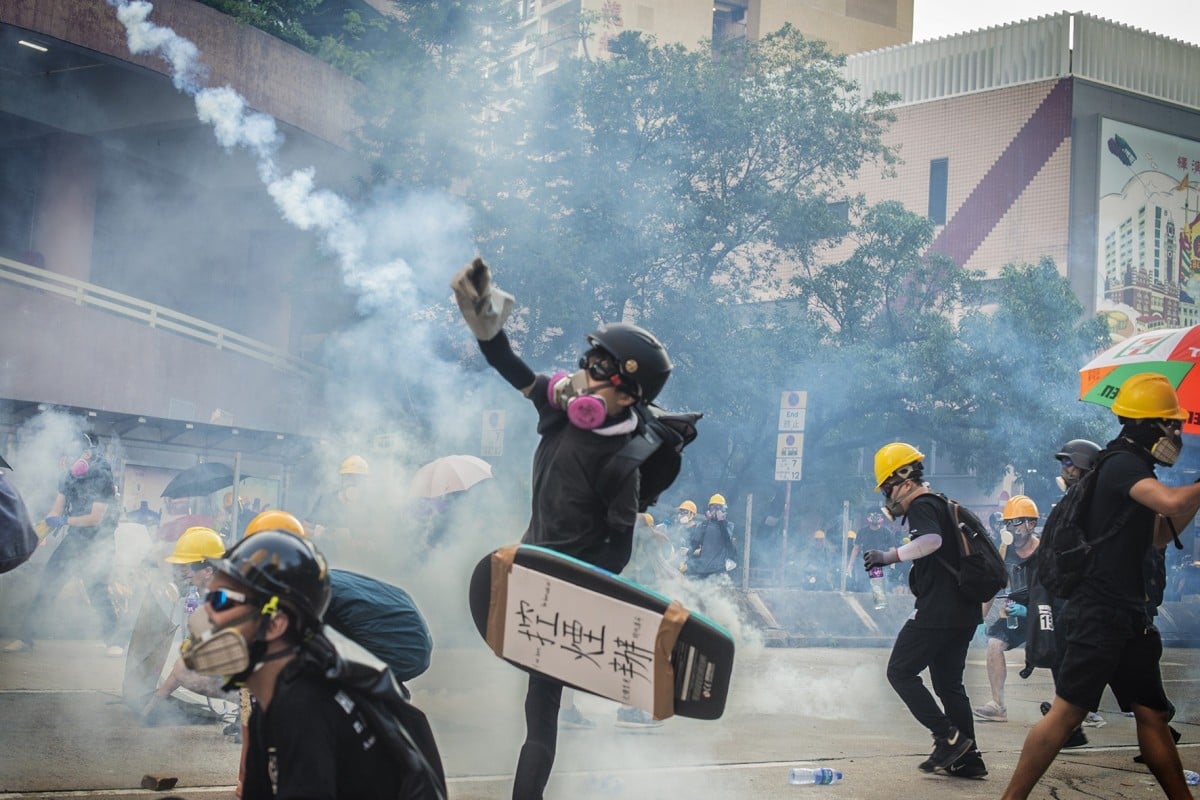


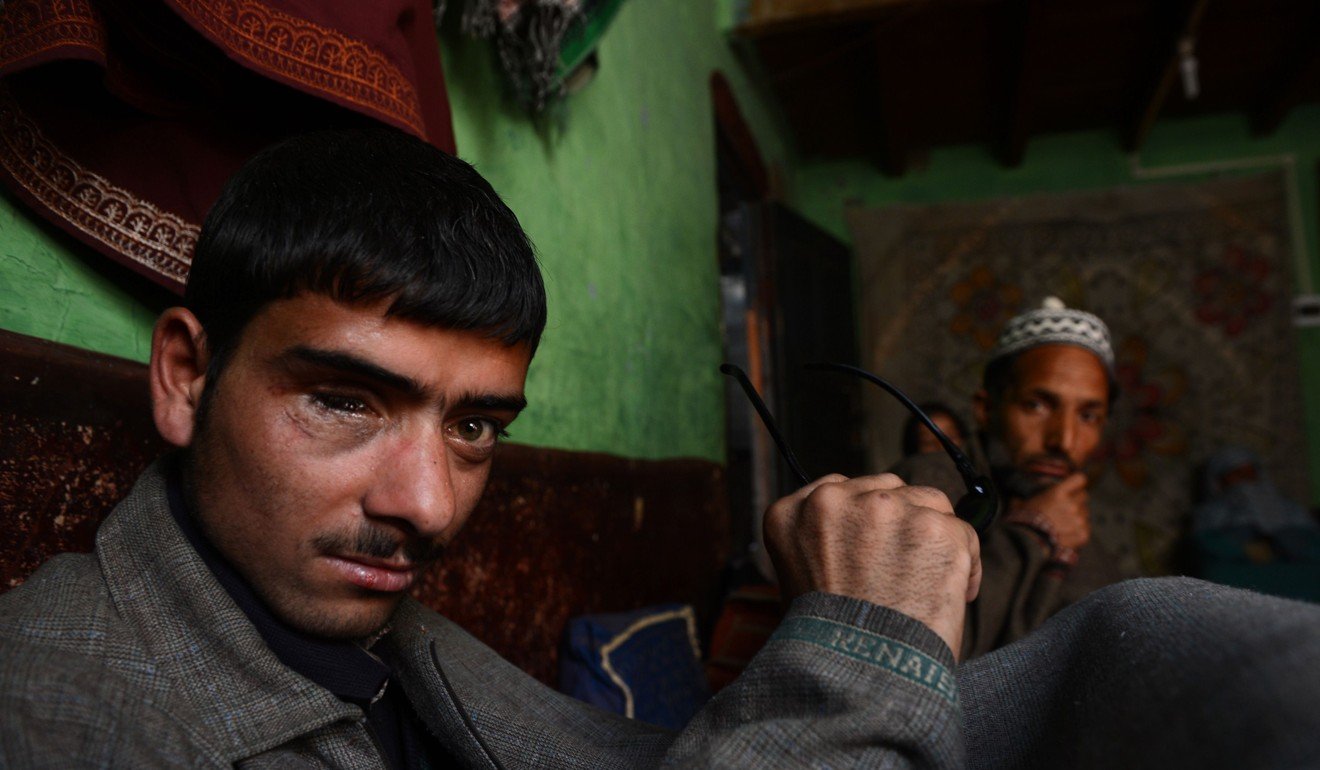
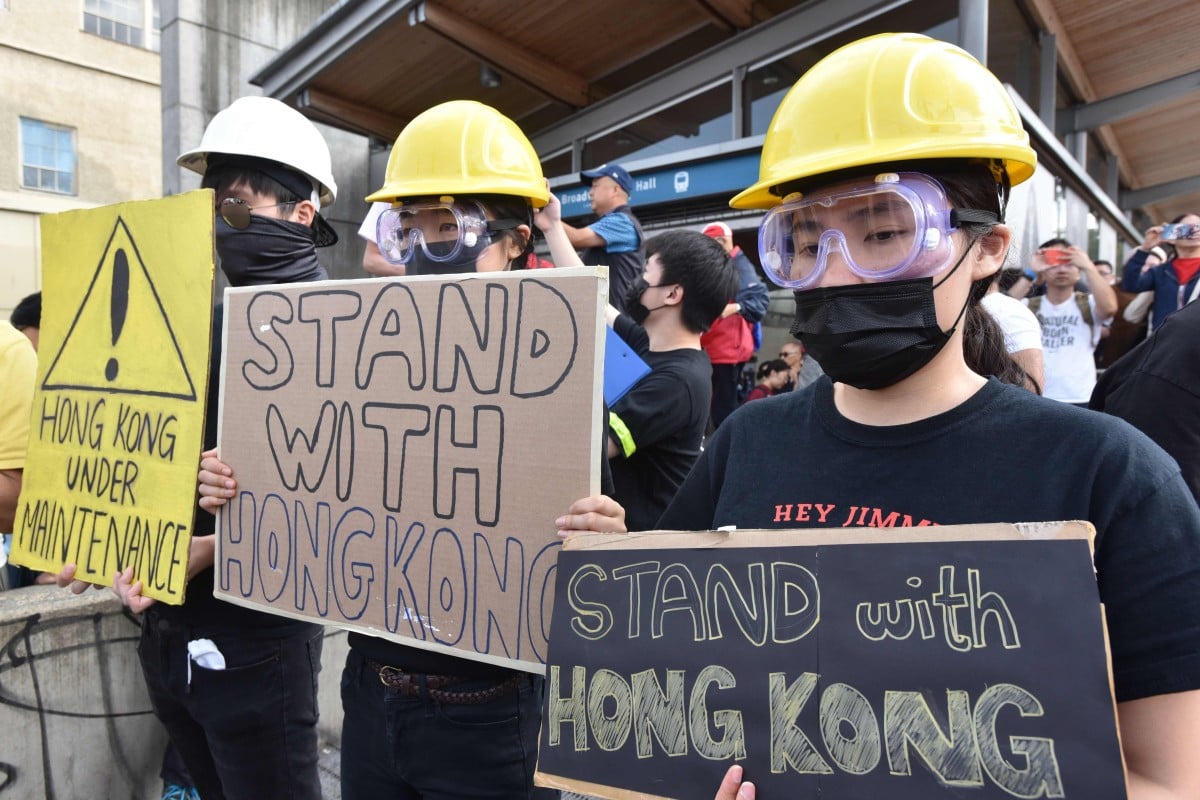
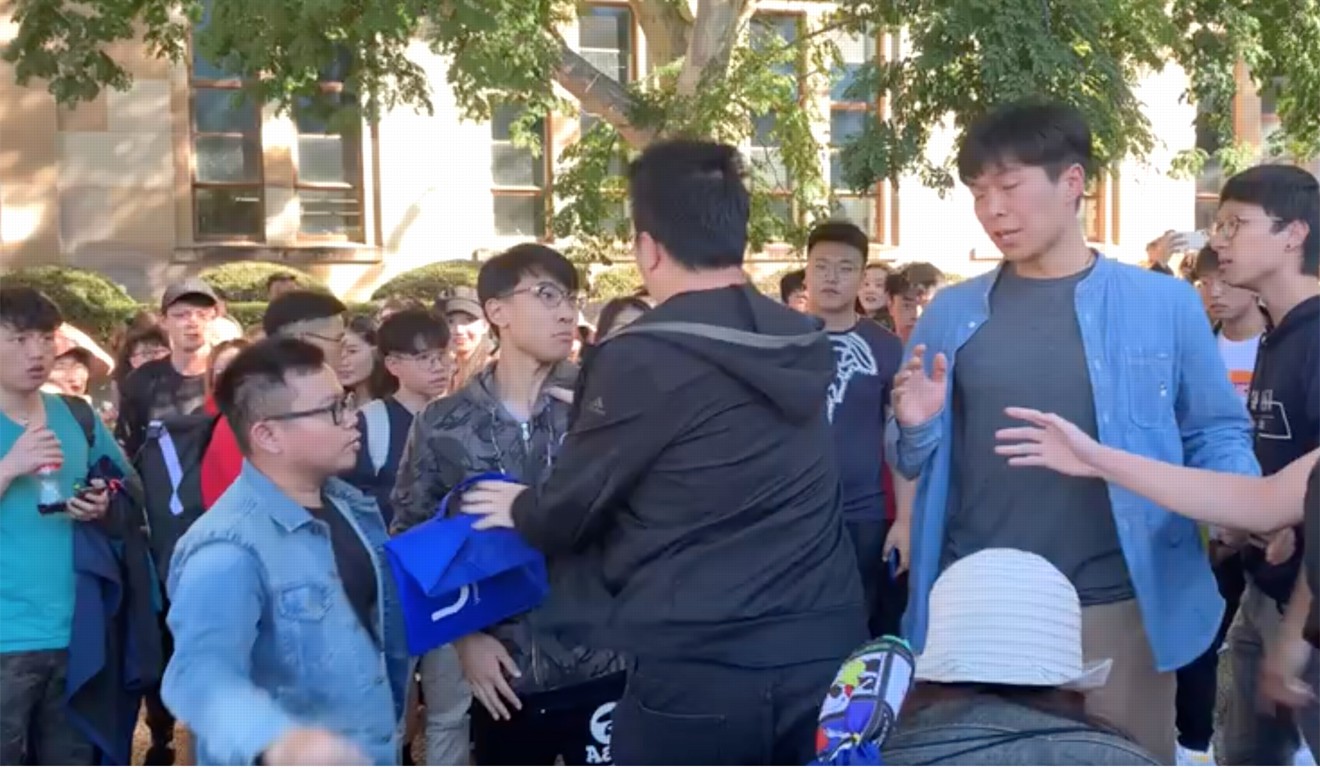
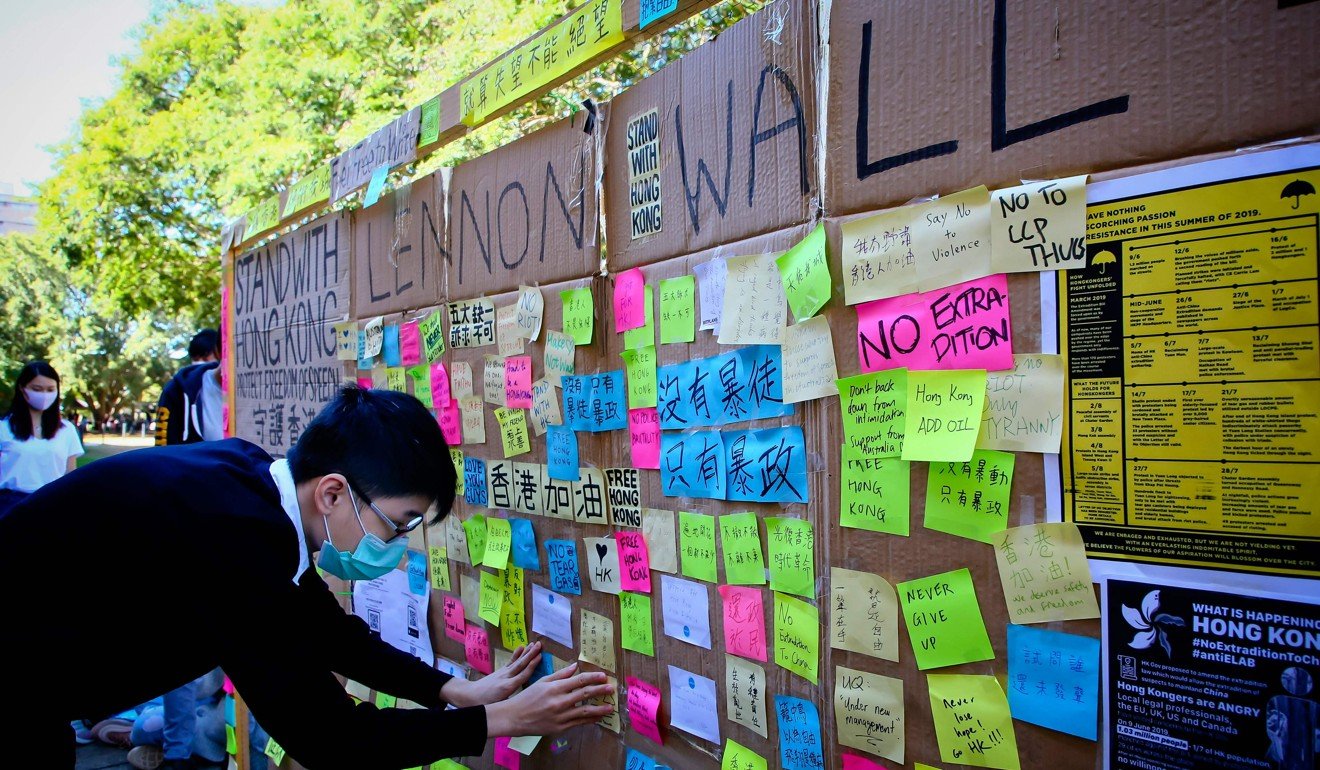
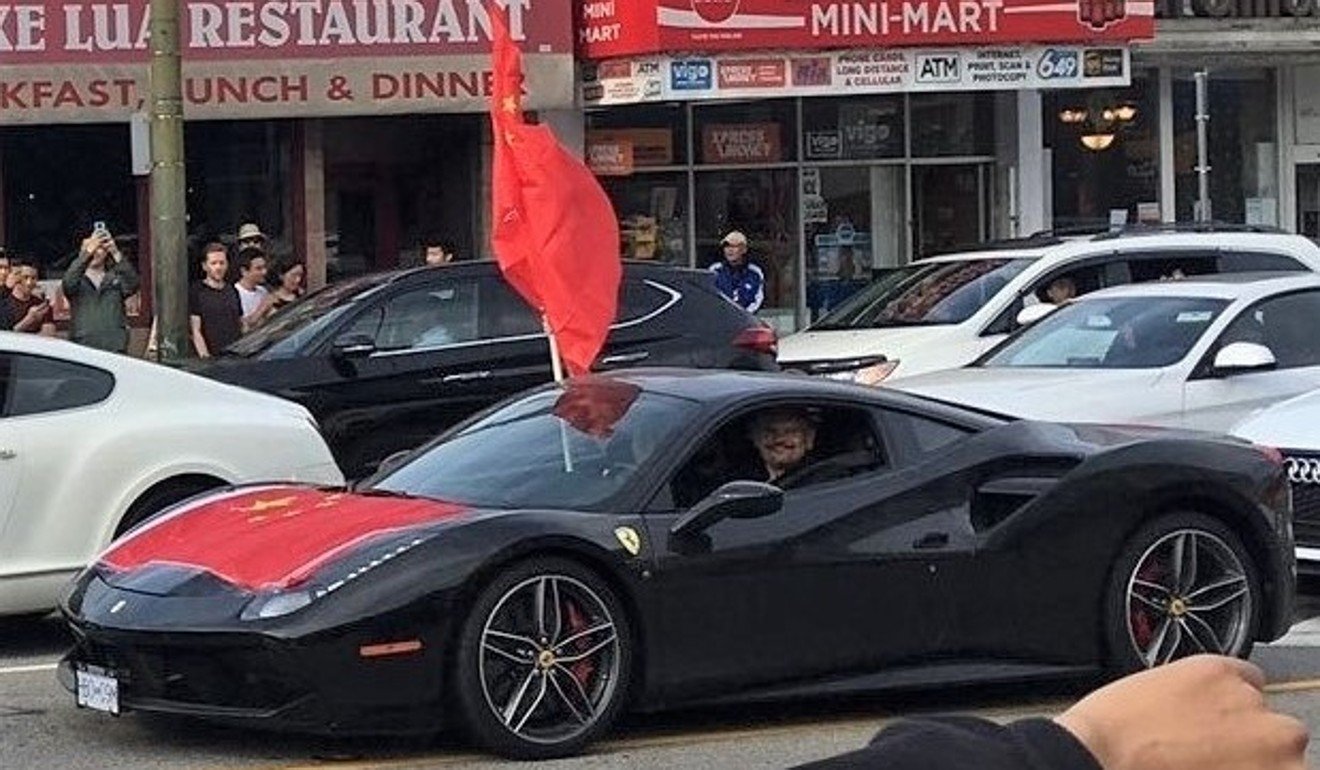
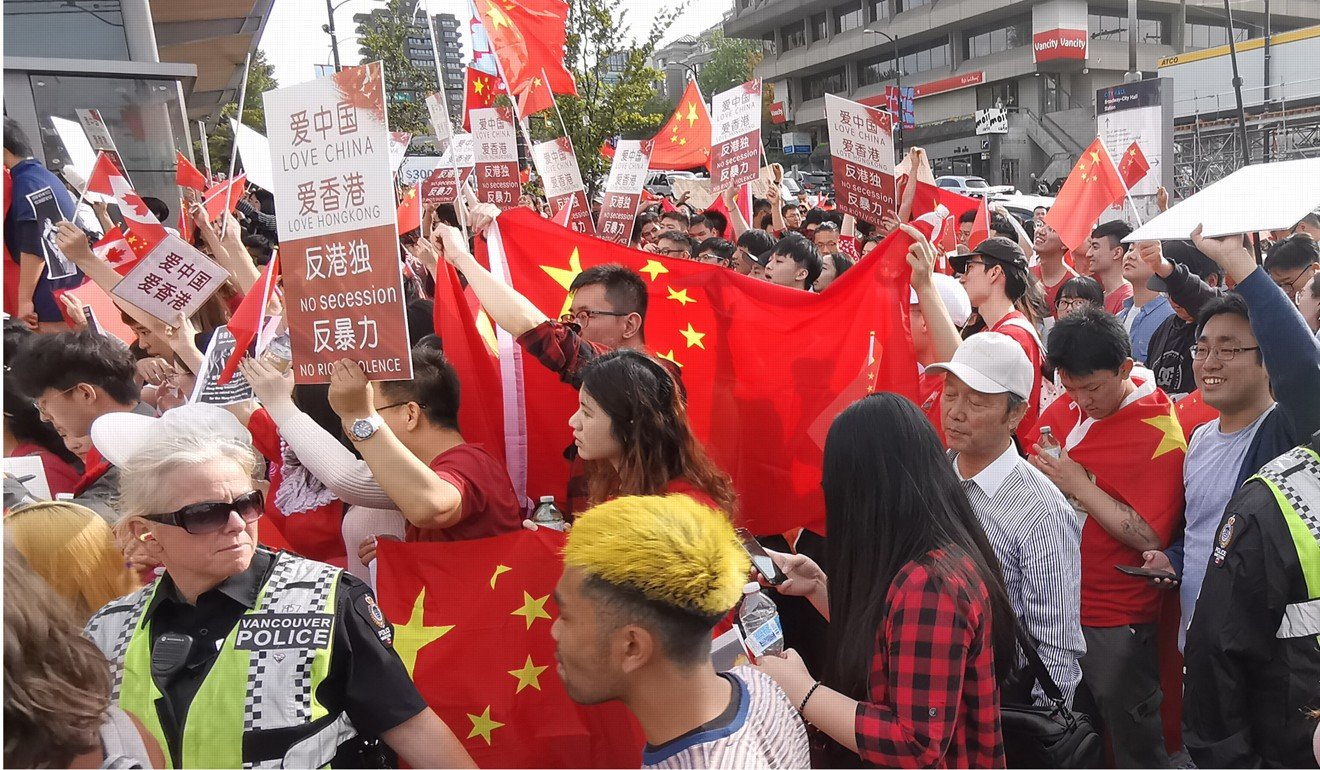
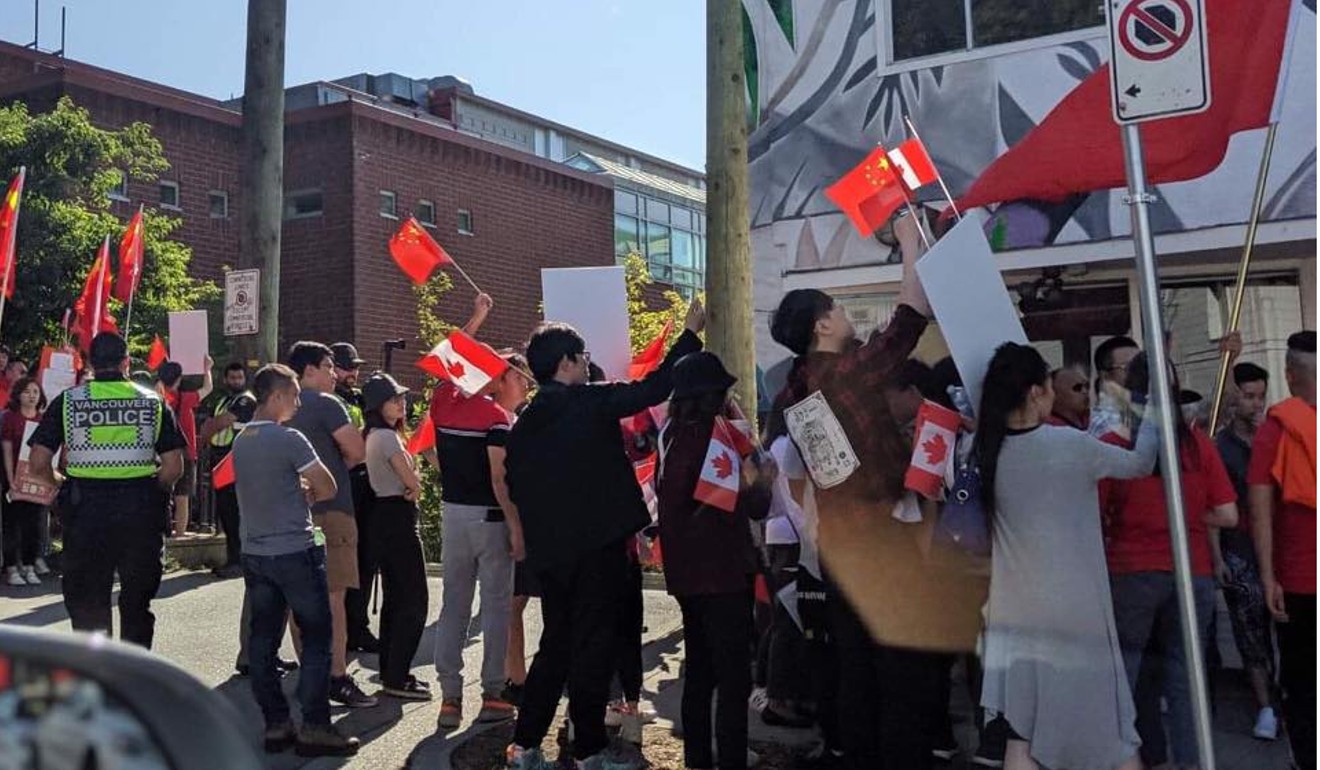
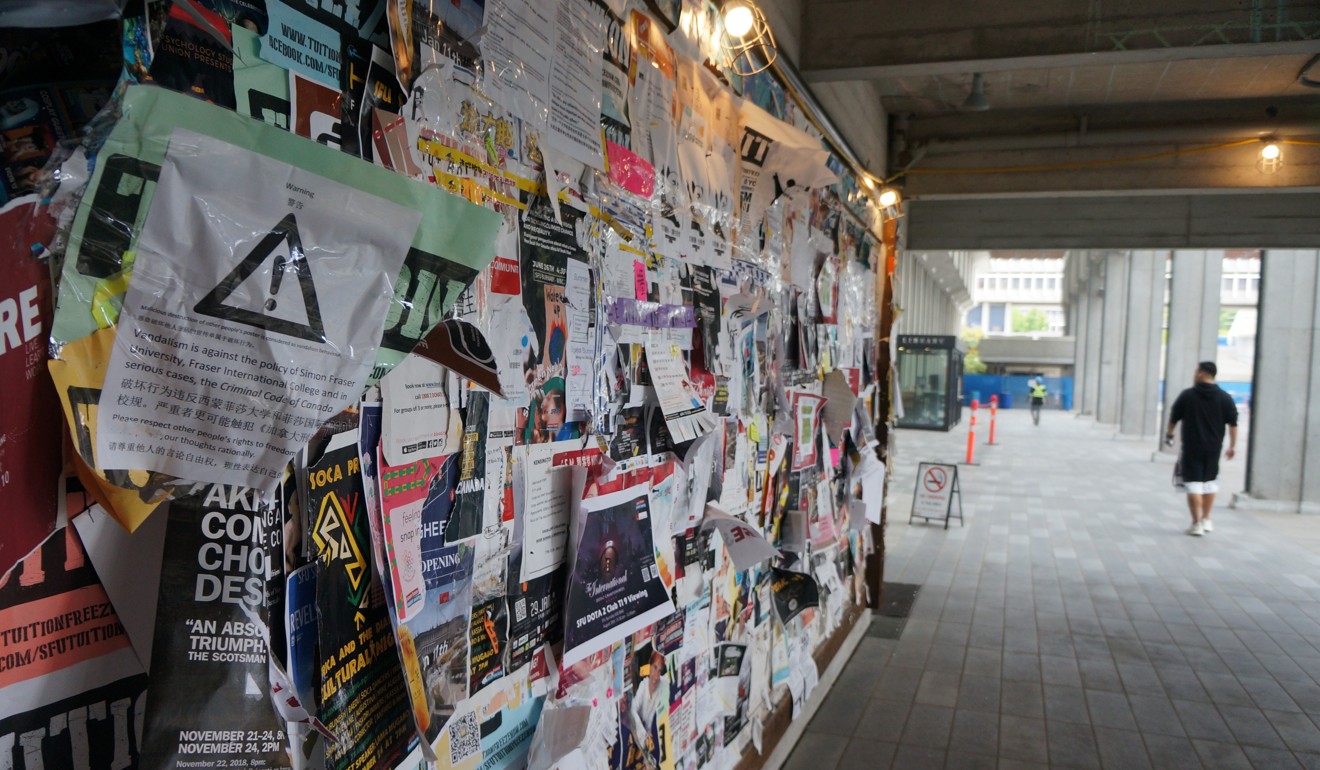
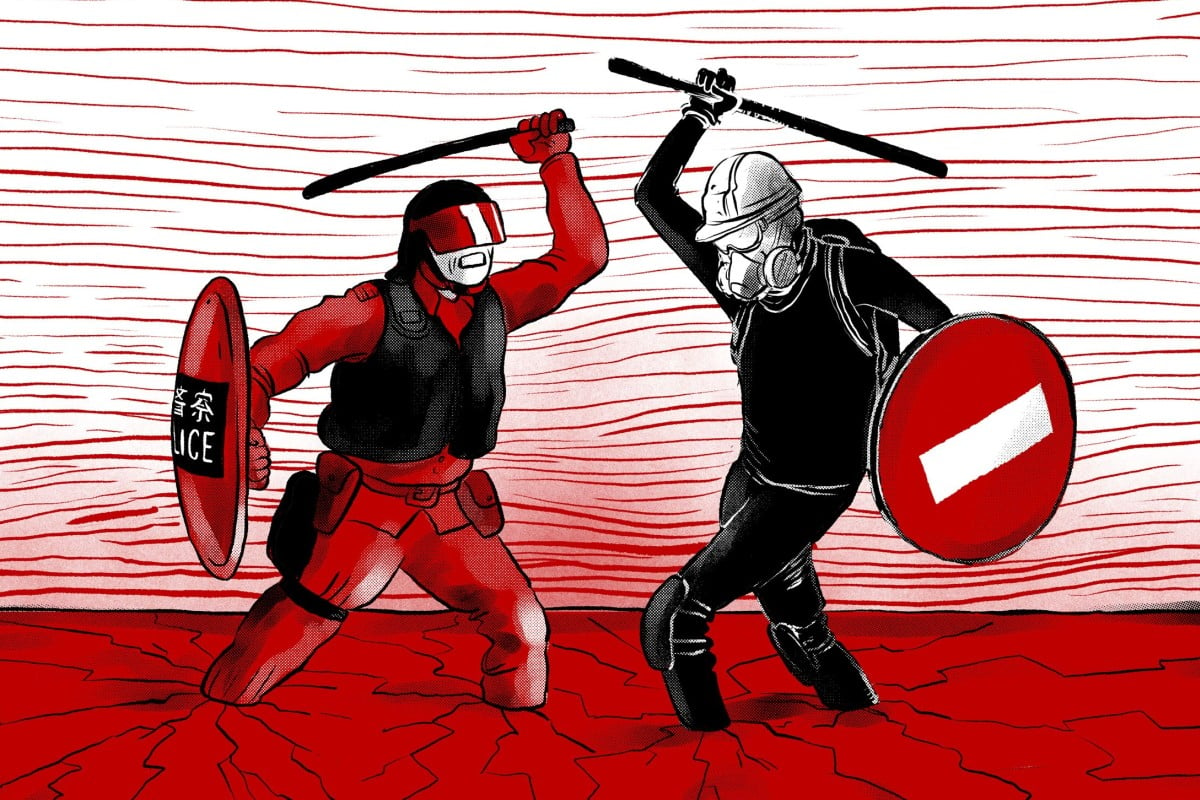
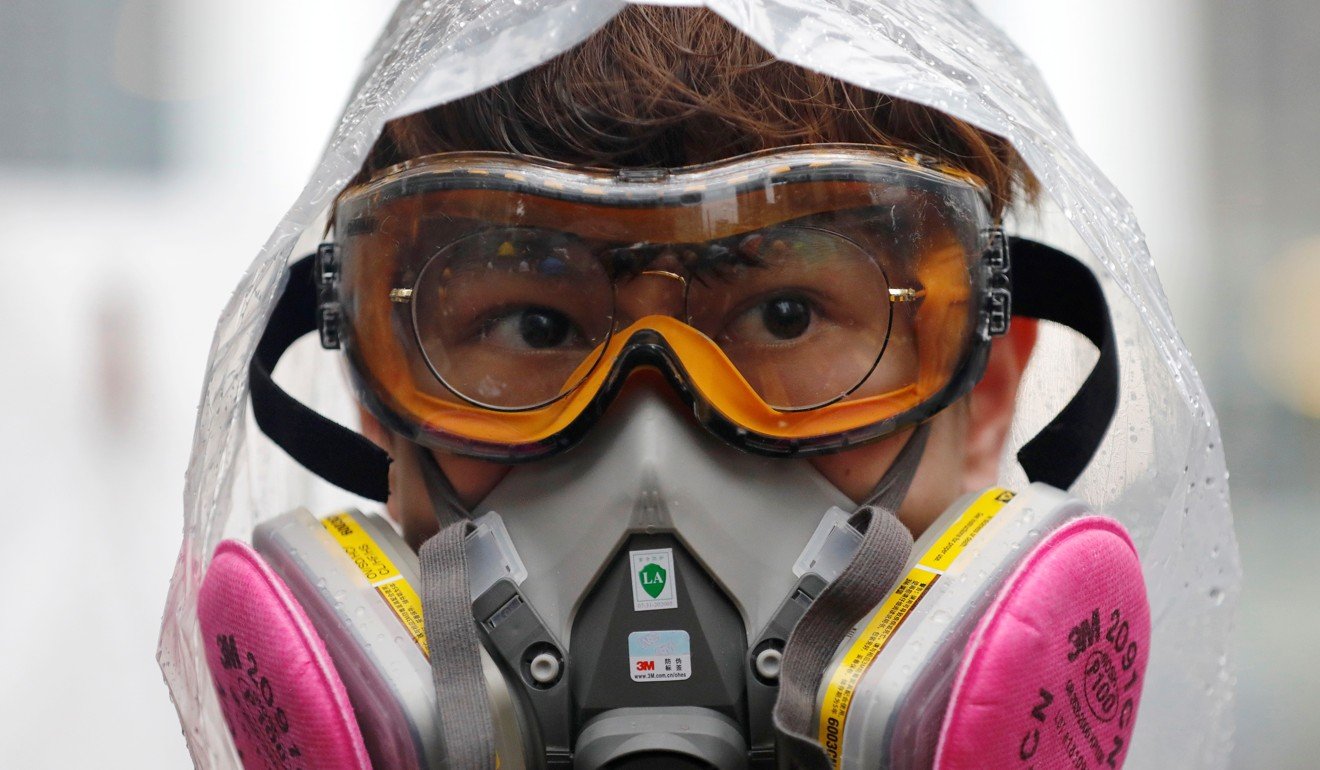
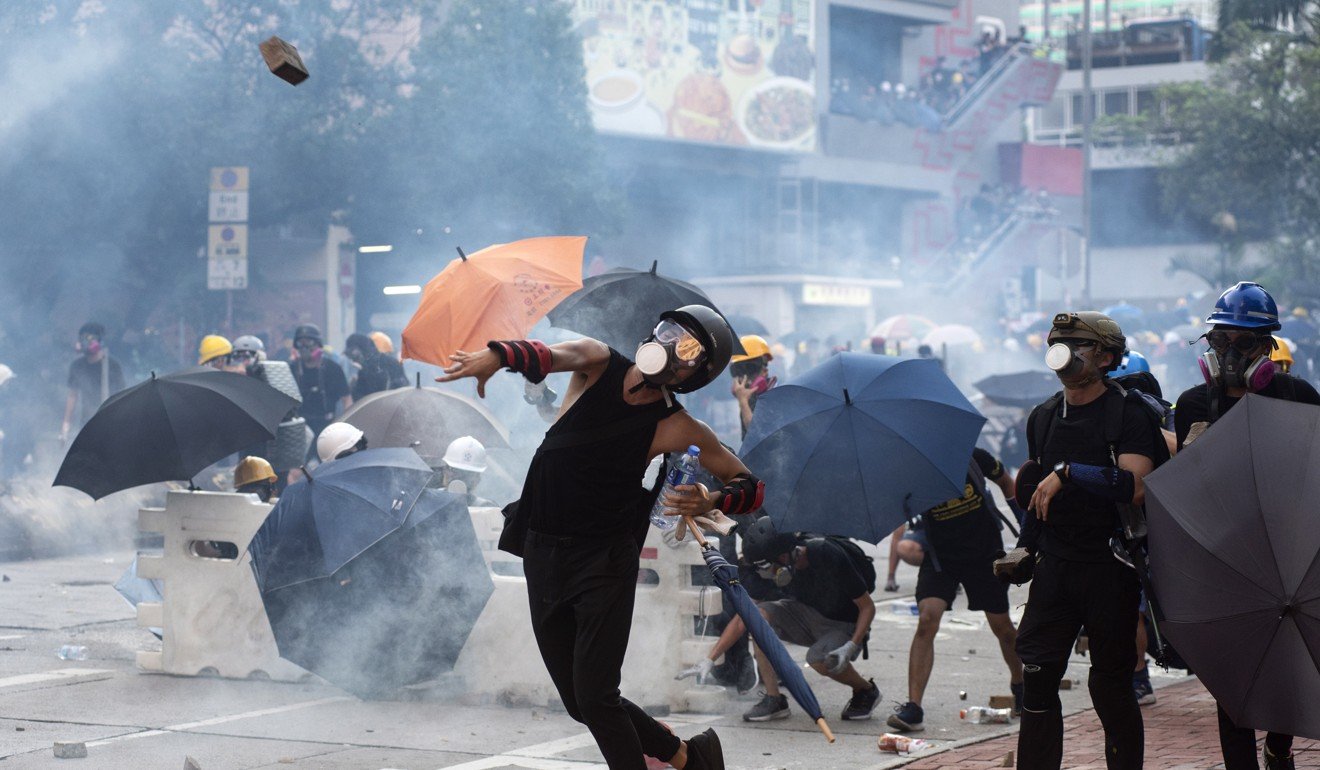
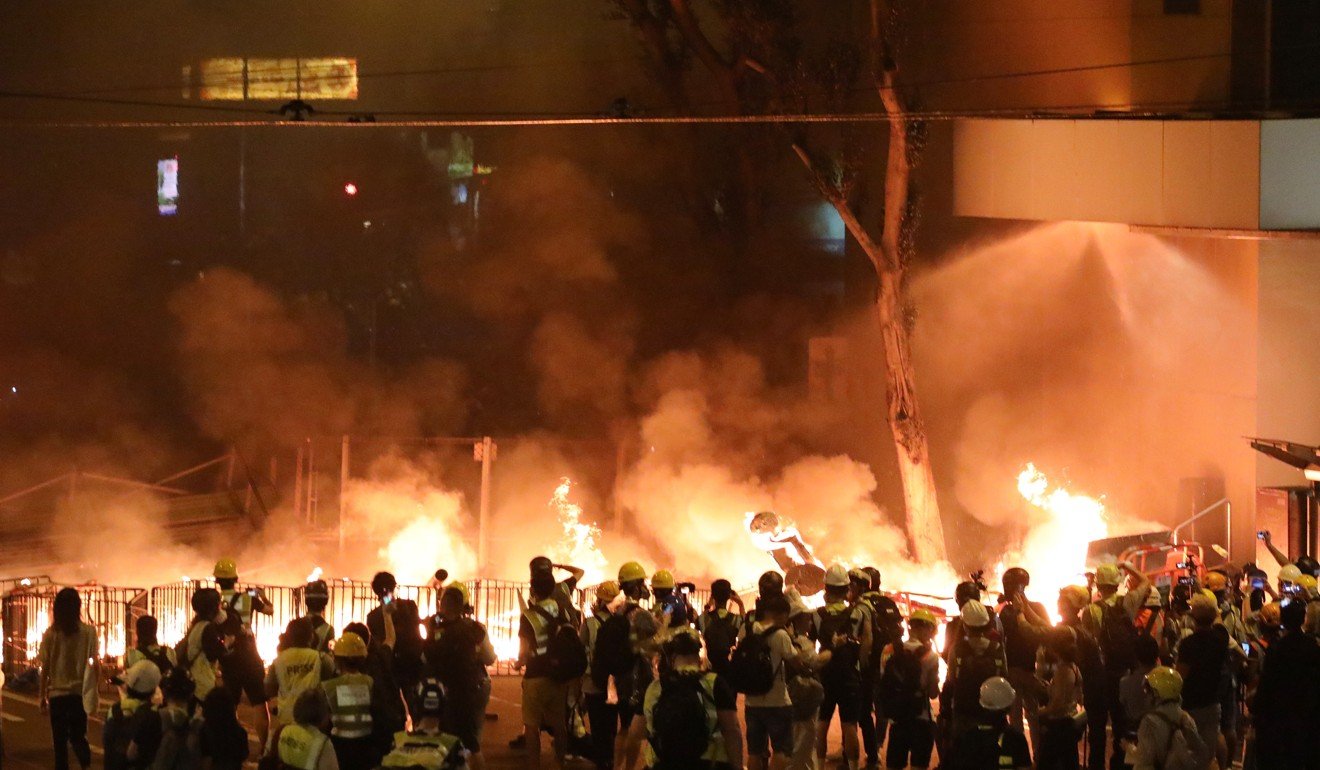
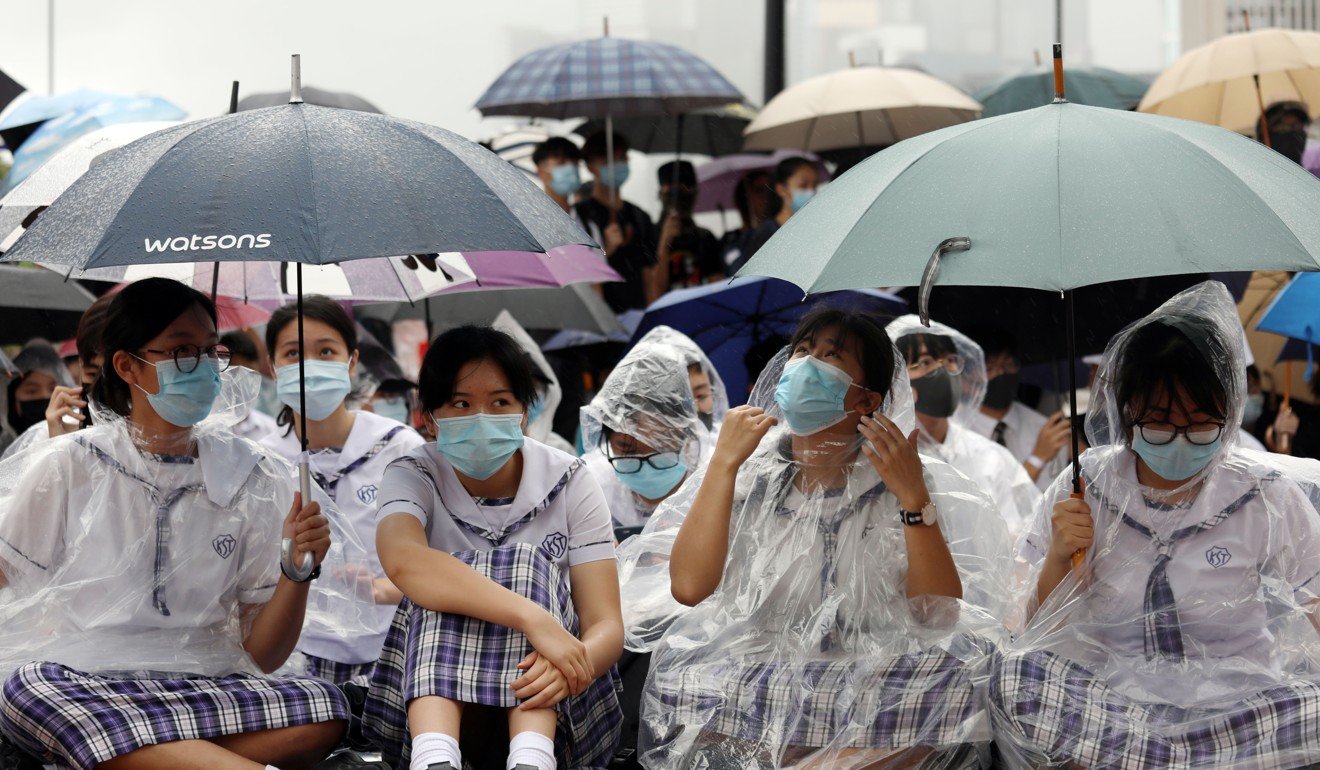
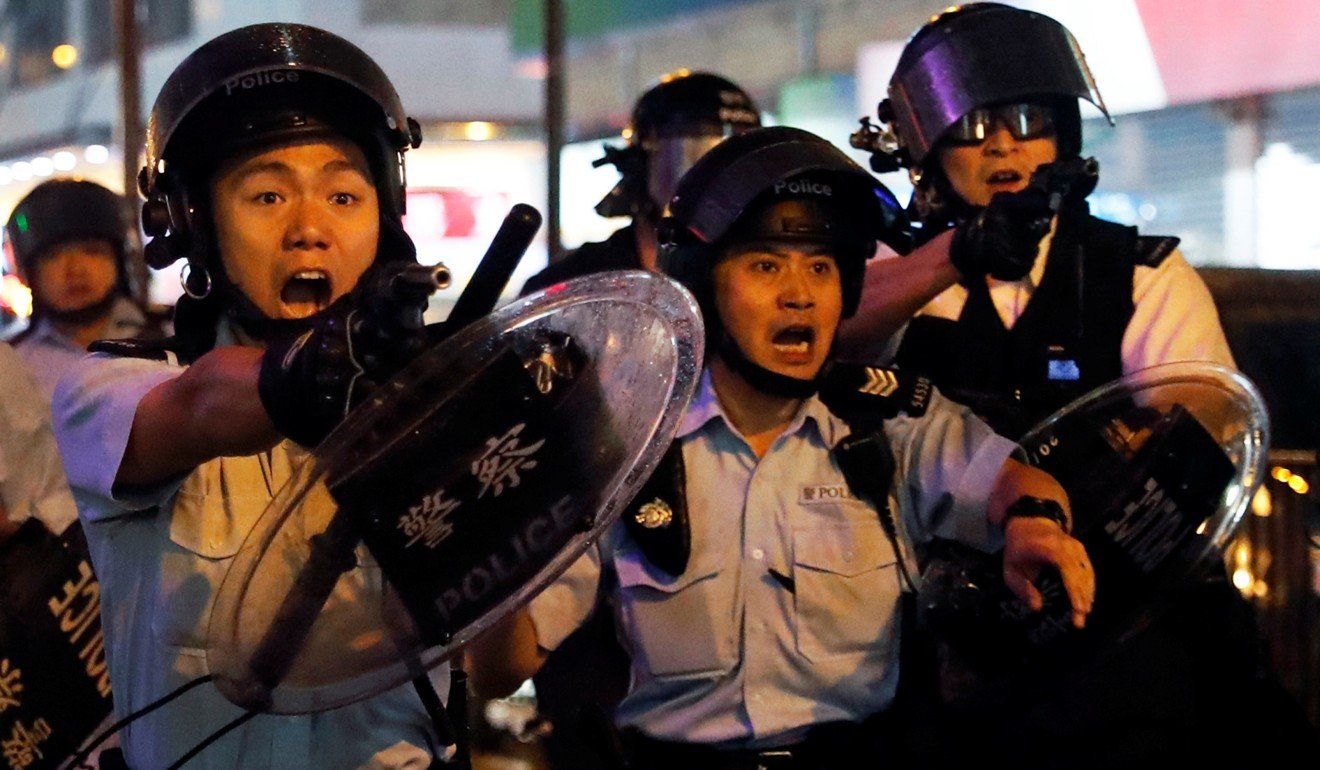
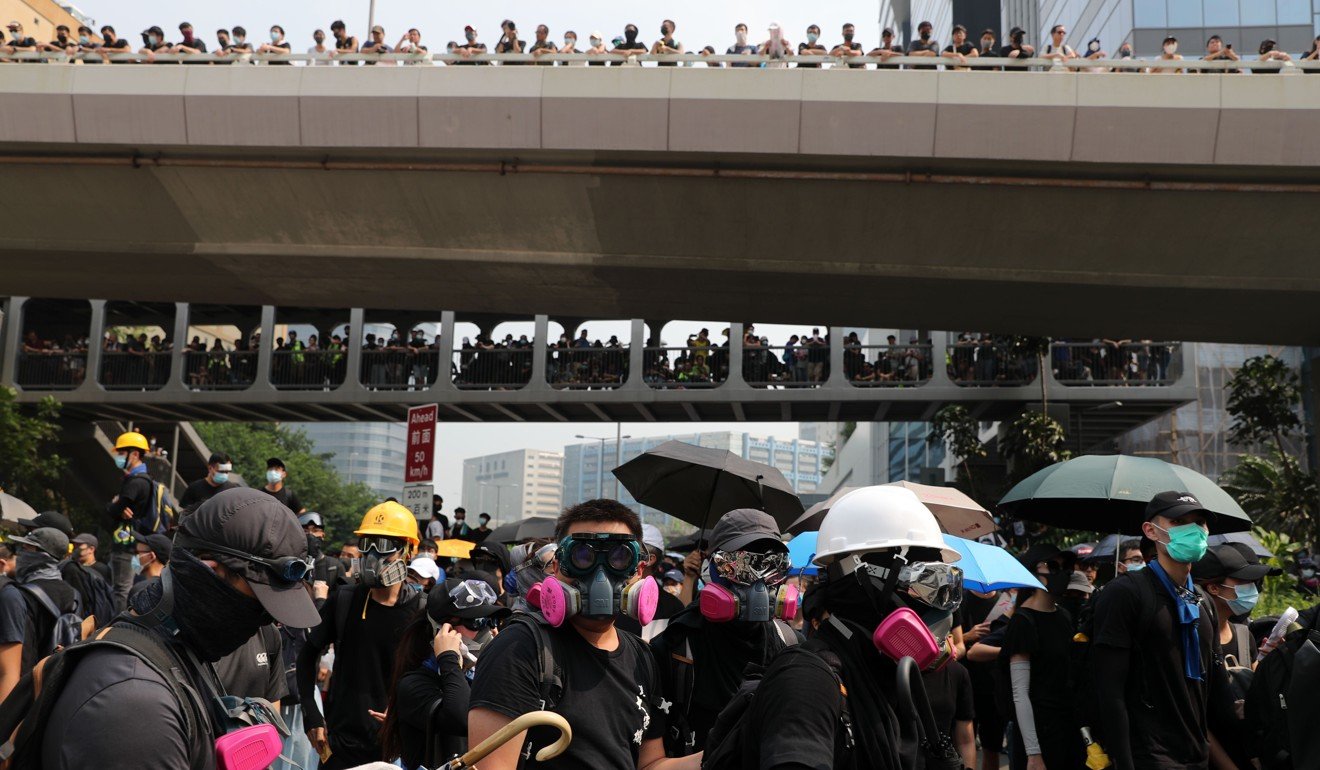
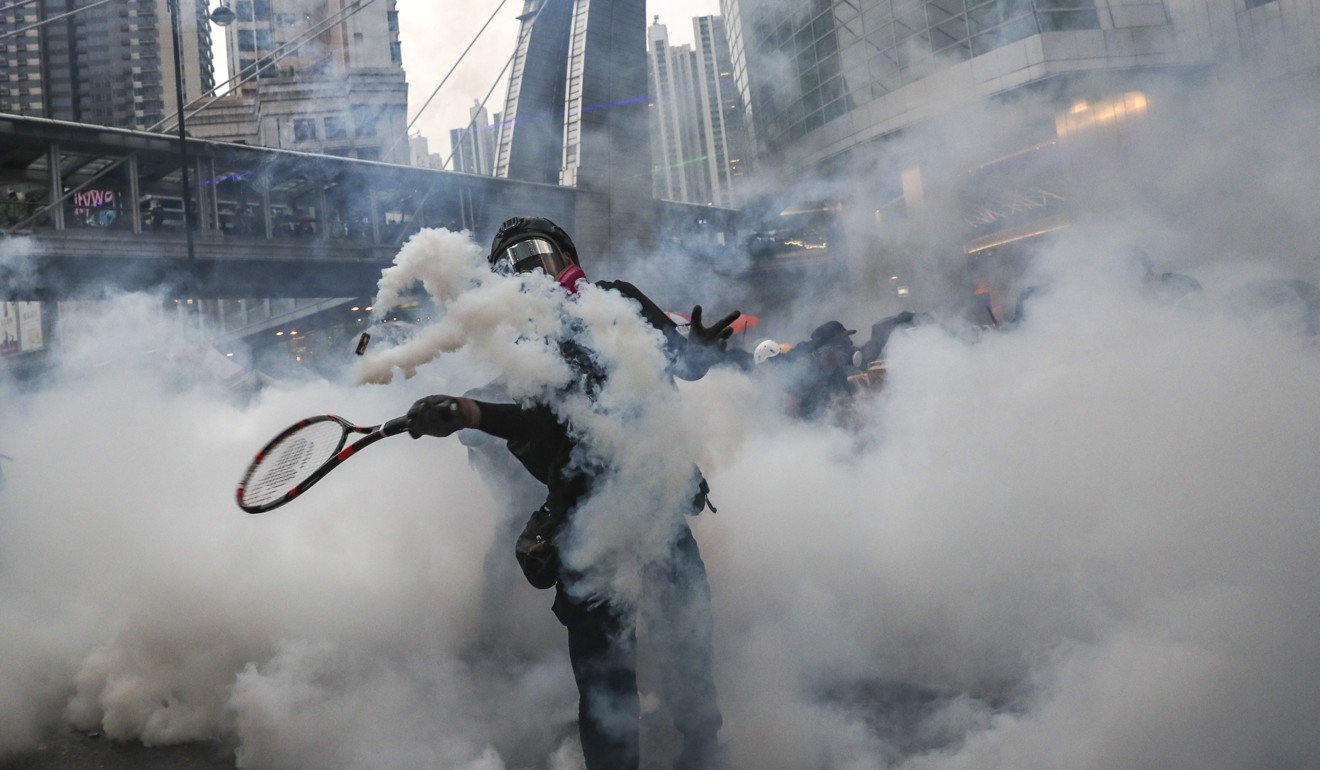
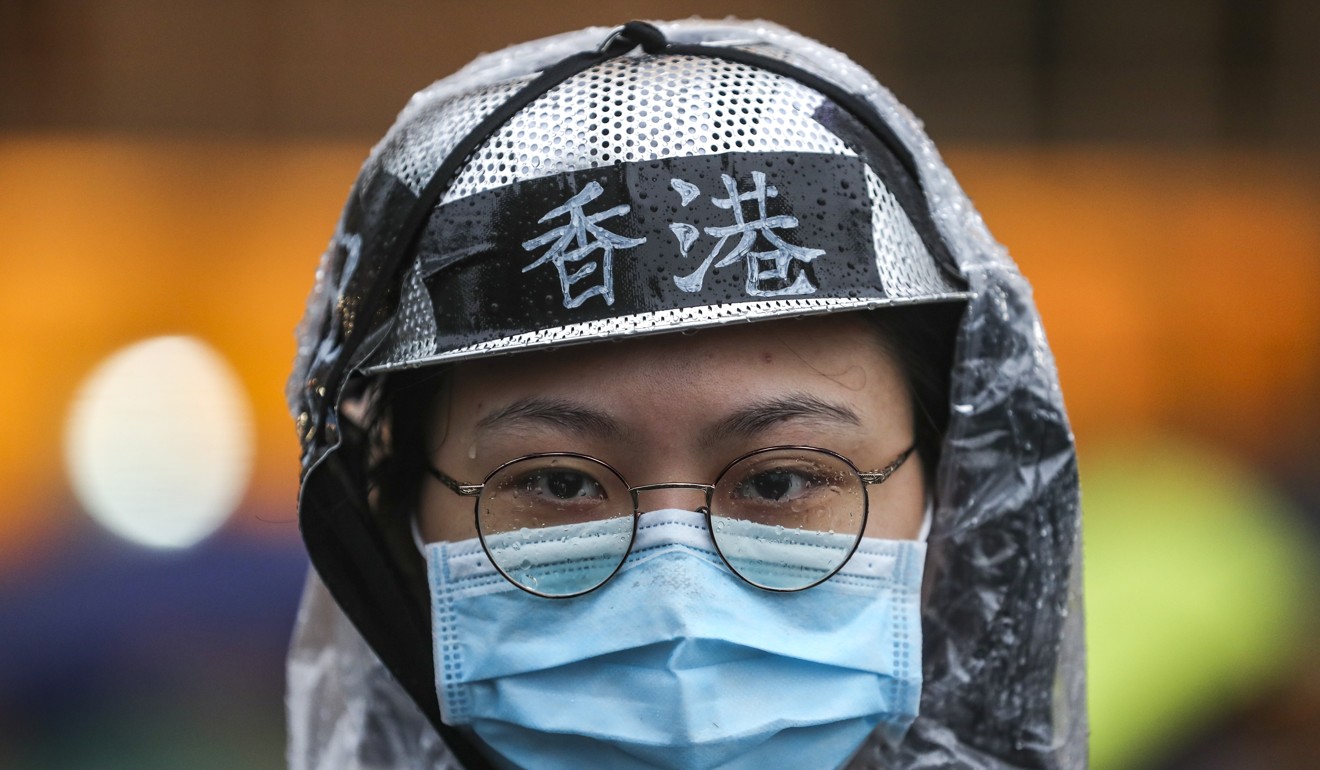
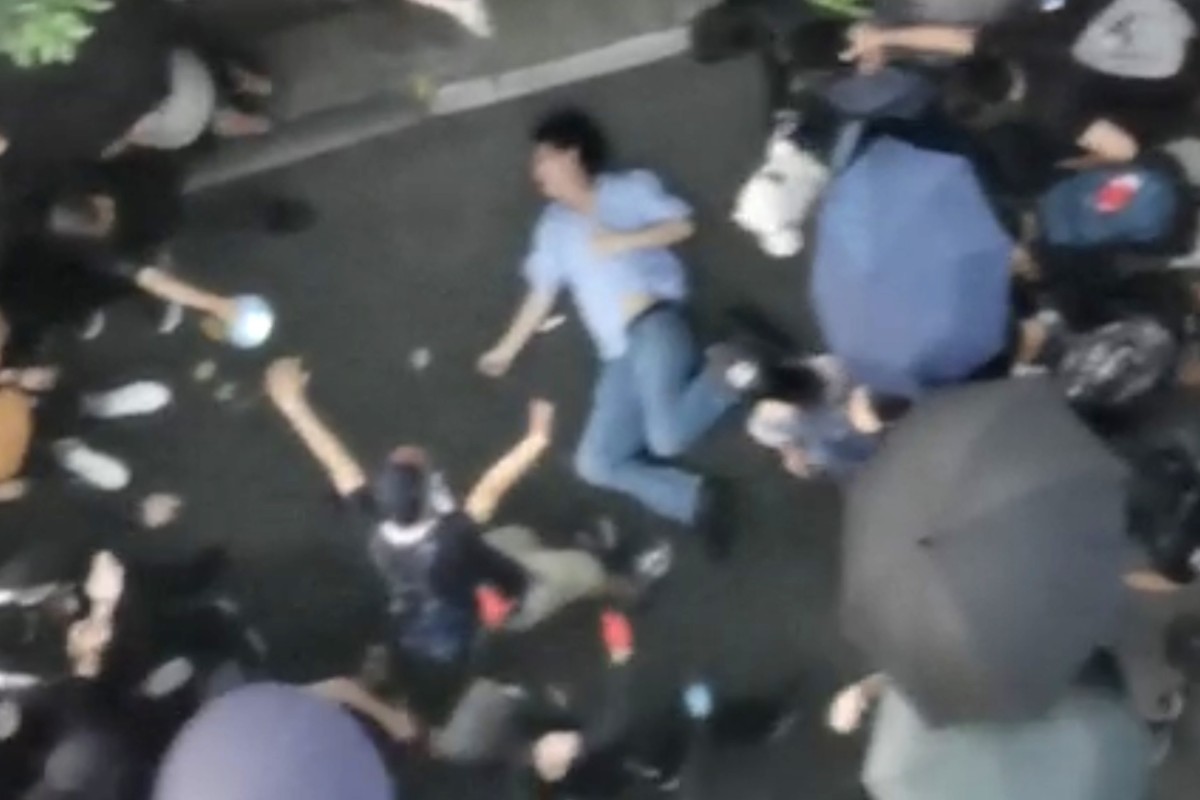
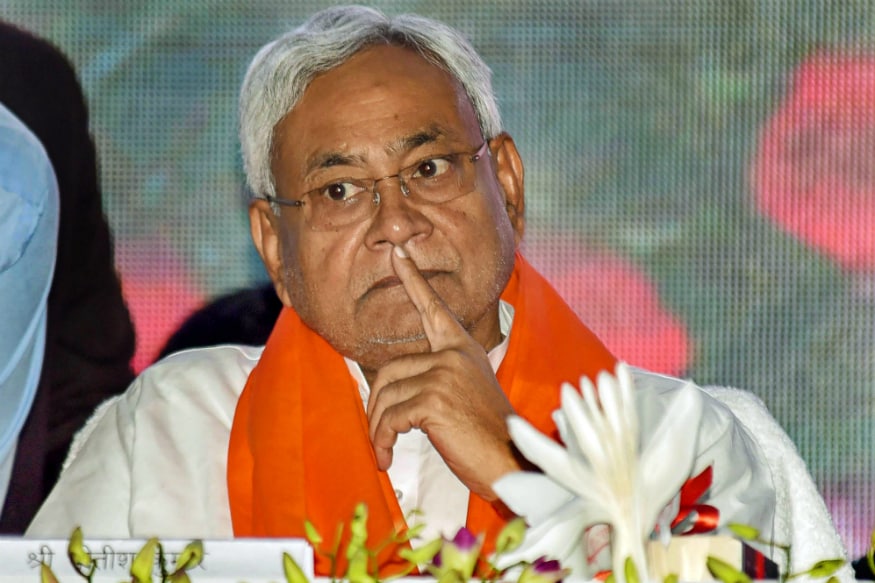

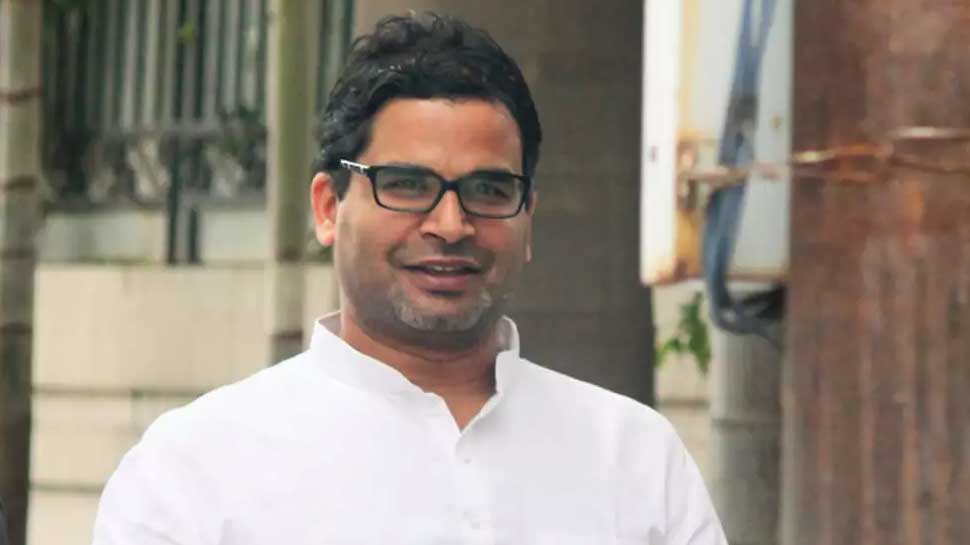

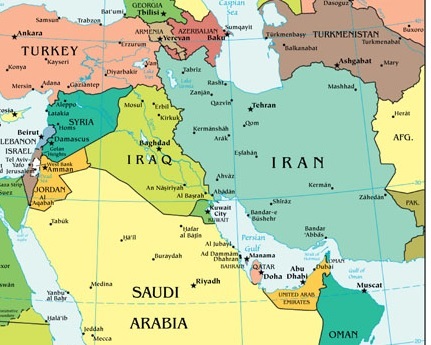


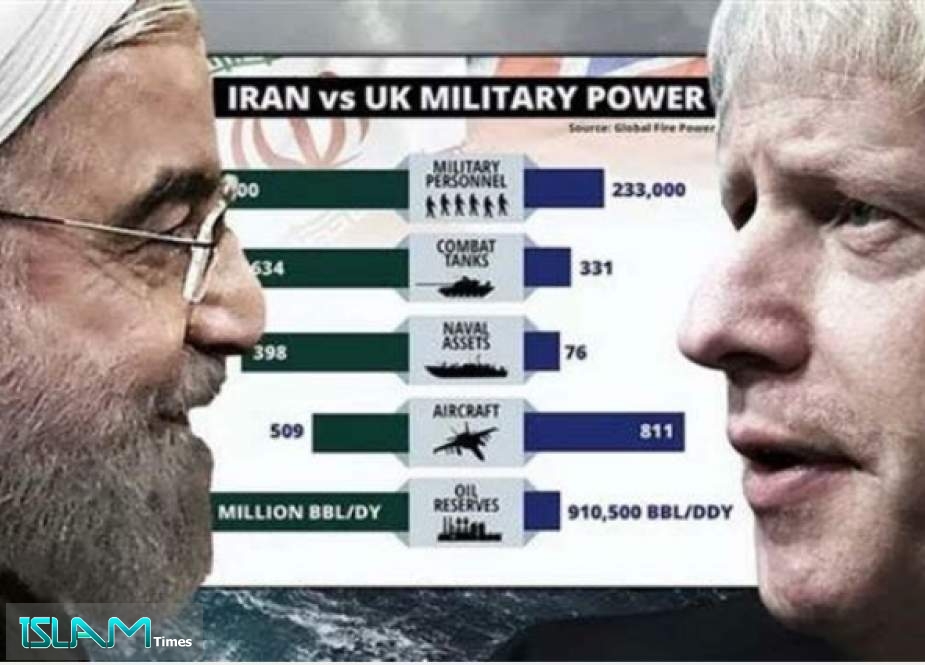



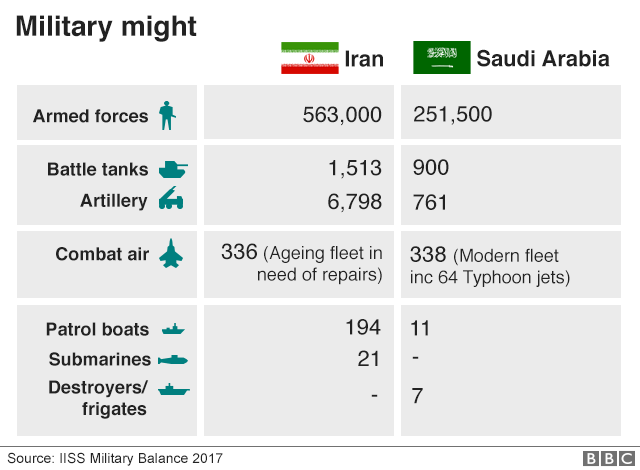
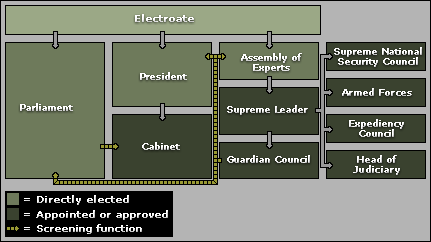

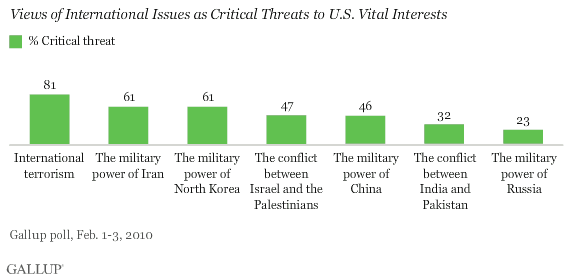
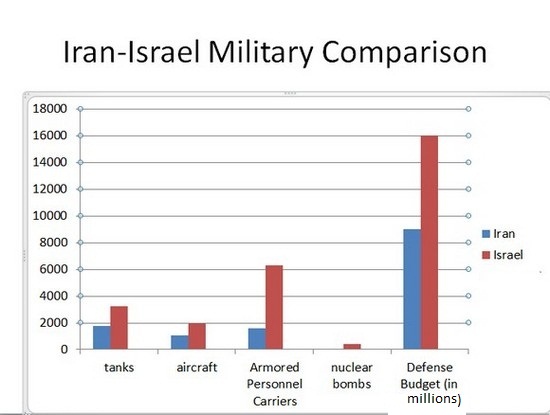
/arc-anglerfish-arc2-prod-mco.s3.amazonaws.com/public/6W6HTP65UZEEPDWPI6QSL2BIWM.jpg)


